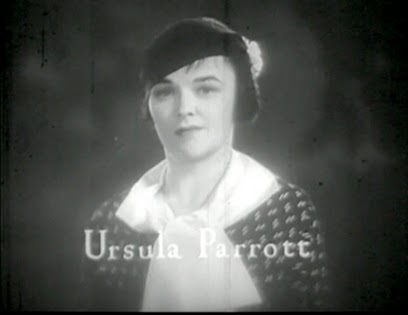 |
| You are Here, Manhattan, 1929. Back Cover of Ex-Wife, Dell paperback edition. |
My husband left me four years ago. Why--I don't precisely understand, and never did. Nor, I suspect, does he. Now, in these waning days of 1929 when the world may be tumbling about our ears, that other catastrophe and its causes are matters equally inconsequential. ~ Ex-Wife, 1929
In 1929, a novel titled Ex-Wife was published by Jonathan Cape publishers. The book, published anonymously, "caught readers' fancy," and made the bestseller list. Many readers were shocked and astonished at the racy story of a woman who, divorced from her "heel" of a husband, takes up relationships with other men, along with a cocktail or two, and even takes up her own career!
She rooms with an artist friend in the Village, attends parties and "first nights" in the city, she shops, she pays attention to her clothes, perfume, and other details, and she loves to find love in the arms of a handsome male friend--RACY!
Who had written such a truly modern story of a young woman in 1920s Manhattan, navigating men, work, and the impact of the "Aspirin Age?"
 "Ursula Parrott" was the pen name of the author of Ex-Wife. Her real name was Katherine Towle.
"Ursula Parrott" was the pen name of the author of Ex-Wife. Her real name was Katherine Towle. Towle was born in Boston on March 26, 1899. After graduating from Radcliffe College, at the age of about 22, she listed herself as a journalist in the city directory.
 |
| Ursula Parrott: Author |
Oh, and did we mention that one could no longer legally purchase a cocktail to help ease the strain of this jazzy modern world? After 1920, it was illegal in the U.S. Prohibition was the law of the land.
This was the world Towle confronted as she starting out, a graduate, a woman, an adult.
Getting married was perhaps a radical notion for a woman who wanted her own career, but marry she did.
On August 31, 1922, Towle married Lindsay Parrott, a New York "newspaper man," whose father was a professor of literature at Princeton. Parrott eschewed high brow lit for the real world of pavement-pounding journalism. He would work for Newark Evening News and then for the New York Evening Post.
His wife wanted to do the same.
Whatever happened for the next six years is not known. Although Ex-Wife might give us a clue.
In June 1928, the couple divorced. Soon after Parrott's anonymous novel was published and caused a sensation.
The protagonist of Ex-Wife has recently divorced and her "ex" is not exactly a nice guy. Parrott would later state that the novel was not "autobiographical." But her novel was a seminal treatment of a modern women's life--the limitations of her choices, the ways in which she might embrace the so-called "new freedoms" of a postwar age when a certain kind of fatalism following war intermingled with a kind of bravery and clear sightedness for independent women.
 |
| A later version of Ex-Wife included Parrott's name |
 |
| Shearer: "No, Irving. I am going to play it!" Publicity Still for The Divorcee |
Parrott's career however was hindered by the "old freedoms," if you will. Despite her successful writing career, the media seemed fixated on her marital state. The puns and plays on the term "ex-wife" would dominate coverage of her personal life; she would marry three more times, and each time, the media had a field day.
 |
| Can't You Think of Any Other Angle? Santa Cruz Evening News, December 3, 1932 |
 |
| Brooklyn Daily Eagle, October 23, 1929 |
~Jenny Thompson
1 comment:
I found a copy of Ex-Wife in 1993, after it had been republished for a series featuring women writers. Parrott's work spoke to me so much. I was in my 20's and had experienced a horrible break up. It remains one of my favorite books.
Unfortunately, Parrott did not have a great life, and she was never recognized for this wonderful piece of literature.
Post a Comment